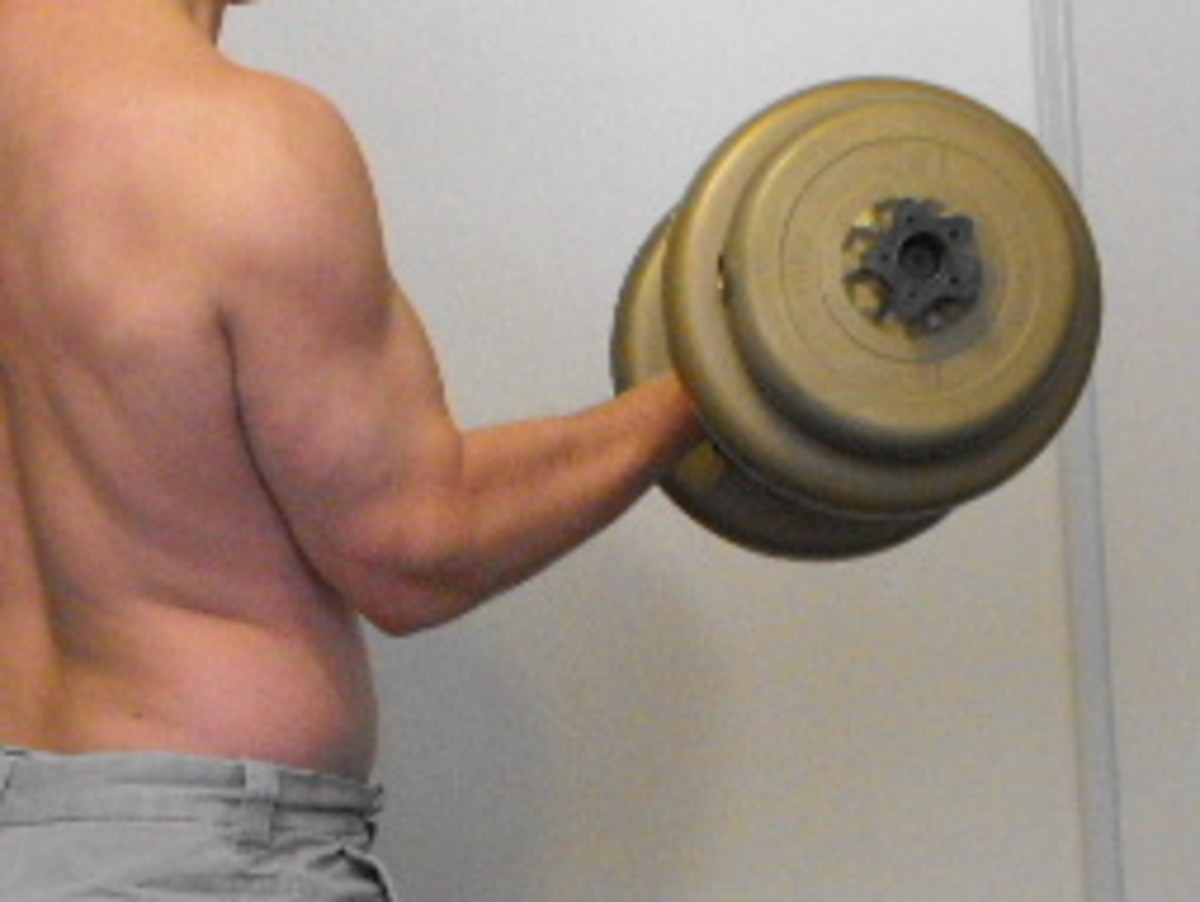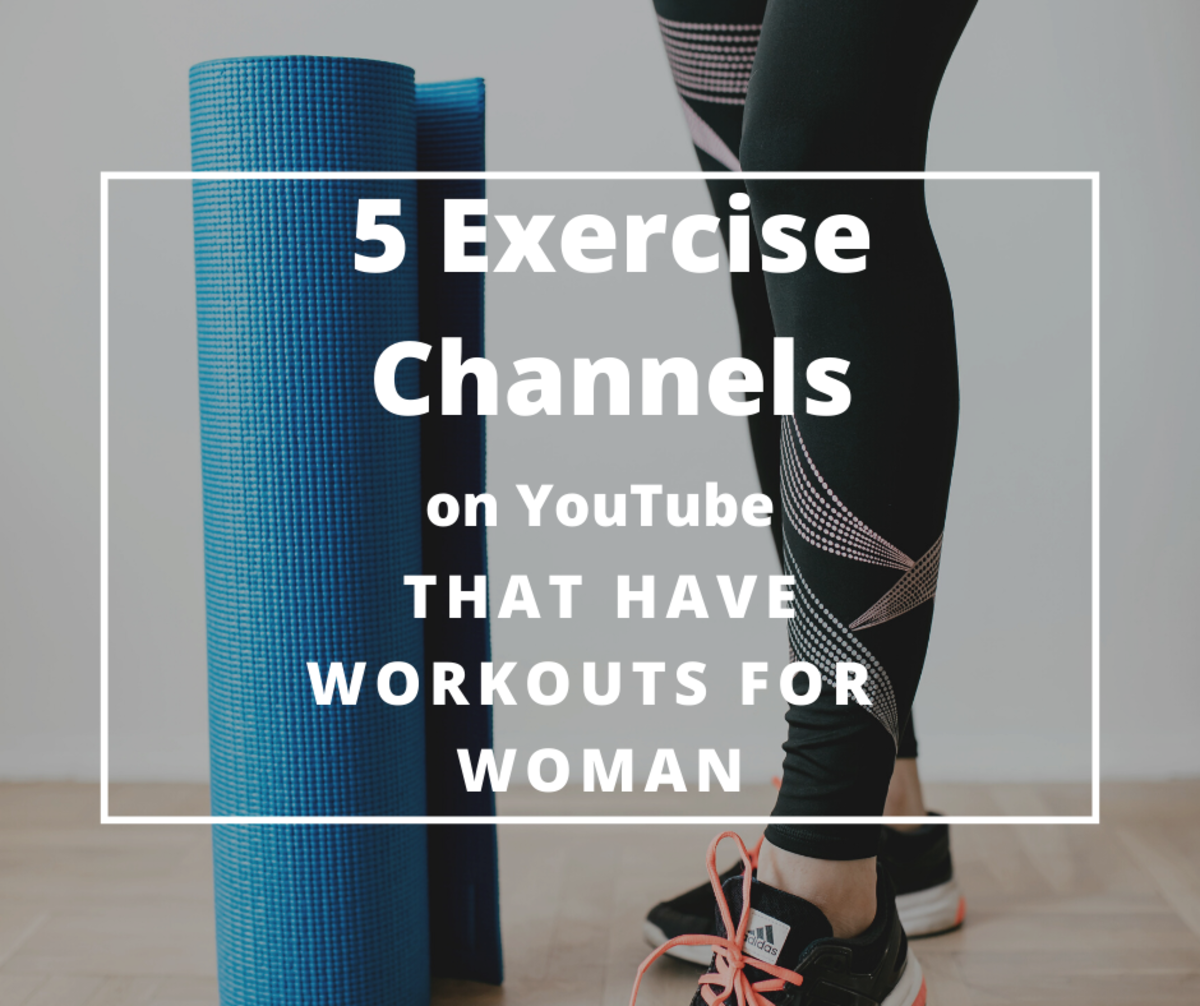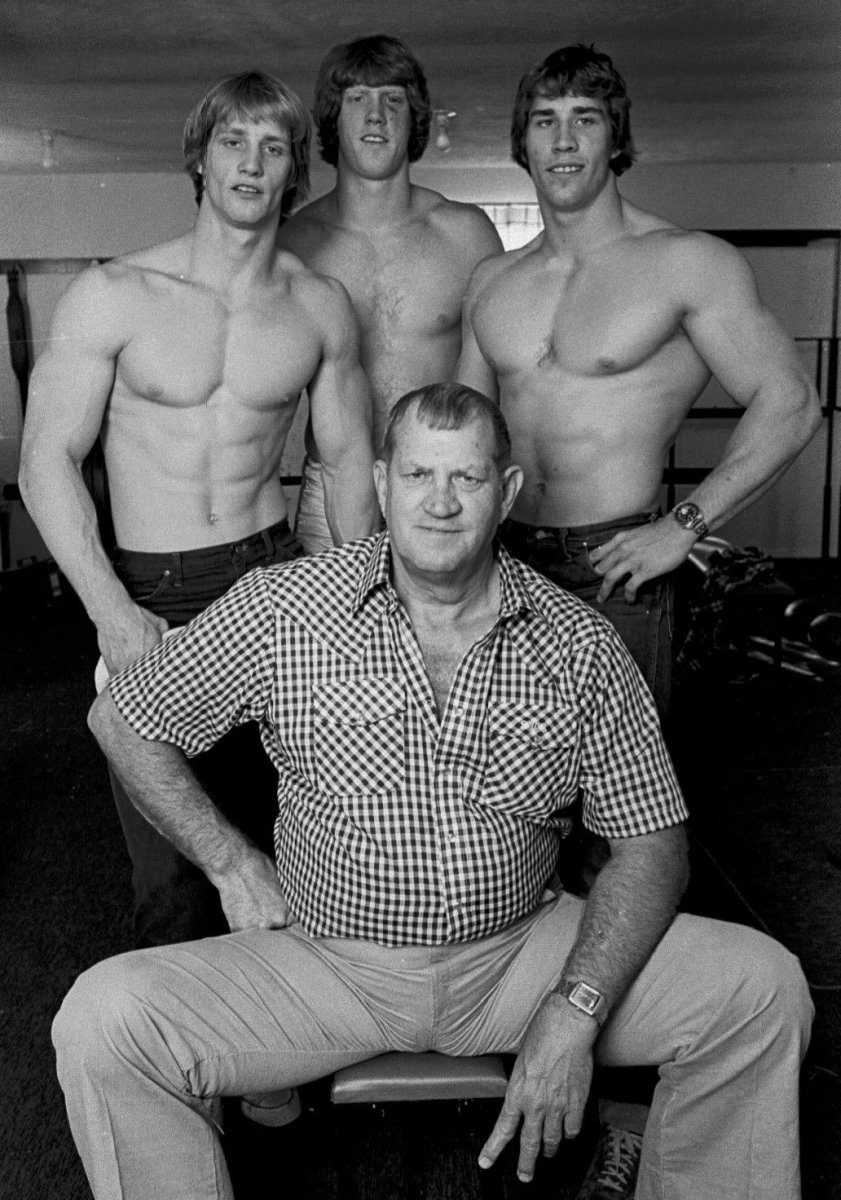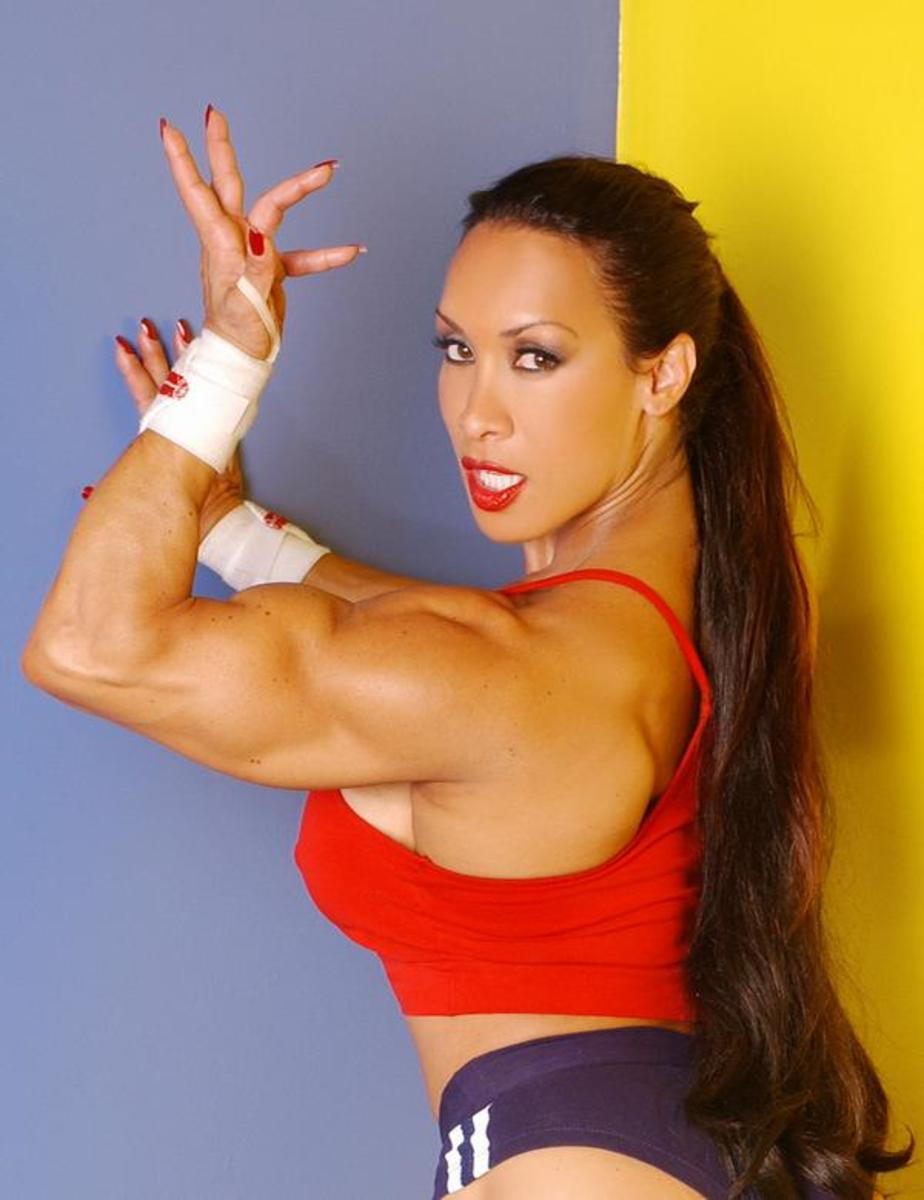Best Chest Workout Routines
Building Chest Size And Strength
Building size and strength in the chest muscles is a big deal to any guy who's into weight training. Thick and powerful looking pecs top off a muscular physique nicely and will lead to a lot of attention. Chest exercises such as the bench press are also among the most enjoyable and popular weight training exercises to do so most weight trainers aren't going to avoid performing them like they may with some of the major leg or back exercises. If you train with a lot of intensity and stick with it, you will build bigger and stronger pectoral muscles in no time. All it will take is following the best chest workout routines to gain this size and strength.
Chest Workout Routines
It takes doing the right exercises to build muscle mass and strength for the best chest workout routines. Bench presses, incline presses, decline presses, dips, dumbbell flyes, cable crossovers, and push-ups are among the best exercises for building size in the pecs. You should stick with lifting free weights for the most part, since using them will force you to work the smaller muscles that help stabilize and balance the weight. Most weight training machines force you to lift in one plane of motion and the stabilizing muscles don't need to work as much. Only use machines towards the end of your chest workouts.
When you first start doing the best chest workout routines you need to learn the proper exercise form on all of the major chest exercises. Trying to lift too much weight before you can handle without cheating will cause you to develop bad habits that will be hard to break later on. If you cheat, you could end up injuring yourself. As long as you use proper lifting form on your chest exercises you'll eventually get the gains you want without having to cheat.
Another thing you need to do when you follow the best chest workout routines is to start them off with the major exercises like bench presses or incline presses. If you're a beginning weight trainer, the majority of your chest workout routines should be made up of the compound exercises with very isolation movements. Isolation chest exercises such as flyes shouldn't be done as much until you actually build some size in the pecs.
The level of intensity you train with is a major factor if you want to build chest size and strength. If you don't try to use more weight or do more reps on your chest exercises nothing's going to change. High intensity weight training will force the muscles to adapt - which will lead to growth.
Many beginning weight trainers want to build their pecs so bad that they end up overtraining when they start following a chest workout routine. This can be the kiss of death when it comes to building size and strength in the pecs. You need to train hard enough to get a growth response, then let the muscles rest - which is the time that they actually grow. If your chest is still sore from it's last workout, take another day off. You'll be able to train with more intensity if your muscles are fully recovered.
Best Chest Workout Routine For Beginners
2-3 sets of bench press
2-3 sets of incline bench press
1-2 sets of weighted dips or decline bench press
1-2 sets of flat or incline dumbbell bench presses
1-2 sets of flyes or cable crossovers
Splitting Your Routine
After you've been weight training for a while, you'll likely get to the point where you feel the need to do more work for your chest during each workout. This is the perfect time to split up your routine into 3 separate workouts. A popular way to do this is known as a push-pull routine. A push-pull routine calls for the upper body muscles that push weight to be trained together, the upper body muscles that pull weight to be trained together, and the leg muscles to be trained together. This means that you would train the chest followed by the shoulders and triceps during the same workout.
Another thing you can try is to change the amount of reps you do per set during each chest workout. This will keep your muscles guessing, which will lead to more strength and size gains. You can follow a chest workout routine where you do a "light" workout with lower weight and high reps for every set, a medium weight and reps workout, and a heavy weight and low reps workout. You should also regularly switch the exercises you do to avoid going stale.
As you get more advanced you may decide that you want to do even more sets and exercises during your chest workouts. At this point you can split your routine further so you only train one or two muscle groups per workouts. You can even decide to compete in bodybuilding or powerlifting competitions.
Back In The Day
When I started lifting 3 decades ago, chest training was THE focal point of my routine. Like many young guys, I wanted to bench as much as possible and build thick pecs. All in all, I will say I succeeded at getting up some big weight and building those muscles. This was also done without pharmaceutical help.
It didn't take long to learn how to weight train the right way and hit every muscle group to keep balance throughout the body. This led to splitting up my routine so my chest wasn't getting worked almost every day. Still, chest day was always my favorite workout.
Proper Exercise Form
There is no exercise that gets abused like the bench press. Who hasn't seen horrible bench form at the gym? It usually comes in the form of raising the body up off the bench to get the barbell to meet the chest at as high a point as possible. Also, there are plenty of gym goers who practically drop the bar on their chests to get a bounce at the bottom of a rep.
I Don't Even Do Flat Bench Presses Anymore
Once upon a time, I bench pressed almost every day. Even when I started splitting up my routine, the bench was done at every single chest workout. Also, I'd try maxing out quite often. There's really nothing wrong with this, as you want to enjoy yourself while weight training as with any hobby/lifestyle.
Over the last few years, I've gotten away from doing the classic flat bench press. I just don't feel like I get as much out of it as I used to. These days, I don't feel the need to see how much I can max bench. It comes down to what I'm focused on.
Incline Bench Press
To me, the range of motion that comes with the incline bench press is far superior to that of the flat bench. Being in an inclined position, you can arch your back and push your chest out. The difference is that it's not as simple to raise your body to meet the bar. It is possible of course, but it looks even worse than excessive flat bench cheating.
If you do inclines properly and lower the weight all the way down you should get a nice stretch at the bottom of every rep. I do see a lot of people at the gym who don't lower the bar all of the way down on inclines, however. Unless there's a shoulder injury involved, in which the exercise probably shouldn't be done at all, there's no reason for this other than to look like you can use more weight.
The incline bench press will target the upper pecs more. This can help lift them if you have overdeveloped lower pecs from years of flat benching. The front shoulders are also going to get a lot of work from this movement.
Weighted Dips
It's always a plus when you can do an exercise that has you using your own body weight. The dip is one of these great exercises for the chest. The obvious downside is that just your body weight likely won't be enough resistance to stimulate muscle growth.
With a weighted dip belt, the resistance required to take advantage of this exercise can be had. Not every gym will have one of these belts available. It's really not an expensive piece of equipment though, and it can be used on pull-ups as well.
To hit the chest with weighted dips, grip the bars at the widest point possible. You're trying to focus on your lower pecs and not the triceps. Practice will make you better able to focus on the muscle you want to target.
I make weighted dips my main chest exercise for some of my chest workouts. With my body fresh, I can use a nice amount of weight added to my dip belt. Make sure to warm up with 3 or 4 sets, gradually increasing the weight. Once I get to my heaviest weight I'll do a set of 5 to 8 reps. Then I like to decrease the weight by 5 to 10% on each subsequent set. I go for 4 or 5 straight sets with 90 to 120 seconds of rest between each one.
Slightly Declined Dumbbell Bench Press
Instead of doing flat dumbbell bench presses, I like to decline the bench just a little. To me, this feels like I'm in a position to push heavier weights. The only issue is to not lie back too fast with super heavy dumbbells or you might flip backward.
With dumbbells, you can get a nice stretch in the lower and middle pecs at the bottom of every rep. I like to turn my wrists as I lift and lower the weights so I can get a more natural feeling of this exercise. If you think of pushing back against the bench as you push the dumbbells up, it should help you get an extra rep or two.
I like to do slightly declined presses after incline benches for 3 sets. My preference is to start with my heaviest weight for 6 to 8 reps and decrease the weight by 5 to 10% for each set after this. Keep the rest period limited to 90 to 120 seconds.
Tyson Push-Up
This version of the push-up is supposedly one that Mike Tyson used to do. No matter its origins, you can definitely feel the difference from a regular push-up when you do the Tyson push-up.
This exercise is started by placing your feet against a wall and your knees bent and your hands on the floor out in front of you. Then you straighten out your legs into a push-up position, touching your body to the floor. To finish, push back towards the wall rather than straight up. This brings you back to the starting position. Another thing to do is to tuck your chin towards your chest to stretch your upper back.
My favorite way to utilize the Tyson push-up is with a superset. I start with my feet up on the wall to focus more on the upper chest. Once failure is hit, the feet go to the floor for more reps. This superset is finished with good old-fashioned push-ups.
The Tyson push-up hits the pecs so hard I do them during every chest workout these days. This is my favorite chest exercise to do after my heavy straight sets.
Flyes and Cable Crossovers
The classic dumbbell fly is well known as a favorite chest exercise of many to isolate the pecs. I've always found that I get nothing out of this exercise at the top as there isn't really any resistance there. All the resistance is felt through the first two-thirds of the exercise in my eyes. Because of this, I prefer machine flyes, cable flyes, and cable crossovers.
On cable and machine flyes and crossovers I feel the contraction of the pecs more when I bring my hands together. Holding this position for a couple of seconds will really work the pecs.
I like to finish my chest workouts with some form of cable fly or crossover. I'll go for one drop set, starting with a weight I can do about 20 reps with. After failure, I drop the weight by 10 to 20% and continue my set. I usually do a second drop on weight by the same amount. This finishes me off with a tight pec pump.
What's Your Favorite Chest Exercise?
Experienced Chest Workout Routine
Chest Workout #1
4-5 sets of incline barbell bench press
3 sets of slightly declined dumbbell bench press
1 Tyson push-up superset
1 drop set of seated cable flys
Workout #2
4-5 sets of incline dumbbell bench press
3 sets of decline bench press
1 Tyson push-up superset
1 drop set of cable crossovers
Workout #3
4-5 sets of weighted dips
3 sets of machine incline press
1 Tyson push-up superset
1 drop set of machine flys





